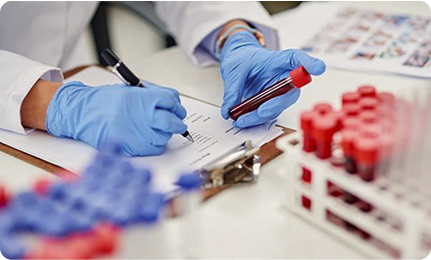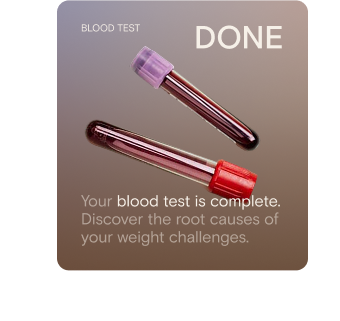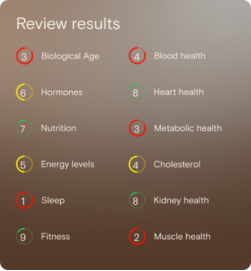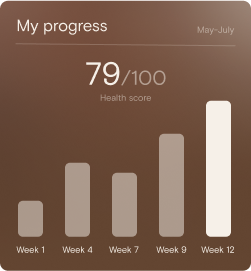What is Workout Time?
Workout Time is a measure of how many minutes of exercise you perform on average (or per day) toward a fitness goal. It quantifies your habitual exercise dose in an easy‐to-interpret way. In Vively’s scale, 100 % equals 40 mins — a practical target that reflects good consistency in line with weekly recommendations.
Why does it matter for long-term health and wellbeing?
Exercise time is a direct lever under your control, increasing your consistent workout minutes has been robustly linked to better metabolic health, improved cardiovascular fitness, greater mitochondrial capacity, and slower functional decline with age. It’s not a medical diagnosis; it’s a performance and resilience metric that helps you measure progress, not label pathology.
What’s an optimal level of Workout Time?
Vively’s optimal benchmark (100 %): 40 mins
Typical Australian lab / reference bands:
- 20 % = None (no exercise)
- 40 % = 0–15 mins (Sub-optimal)
- 60 % = 15–30 mins (Sub-optimal)
- 80 % = 30–39 mins (Good)
- 100 % = 40 mins (Great / Excellent)
Note: these bands help you interpret where you stand relative to desired effort. The broader goal, consistent with national guidelines, is 150–300 minutes per week of moderate to vigorous activity (which averages to ~ 21–43 mins/day) plus resistance training twice a week.
What influences Workout Time levels?
Many factors affect how much workout time you can sustain:
- Motivation, schedule, and life demands
- Baseline fitness, injury history or physical limitations
- Access to facilities, safe space, and equipment
- Knowledge, coaching support, and habit structure
- Recovery status, fatigue, sleep, and nutrition
- Psychological factors (stress, self-efficacy)
Because workout time is behavioural, it’s responsive to intentional design and small habit shifts.
What does it mean if your Workout Time is outside the optimal range?
- Below 80 % (i.e. < 30–39 mins): You may not be reaping full gains in energy, metabolic resilience, or fitness buffer. It signals you have room to progressively increase.
- Above 100 %: Doing more can bring diminishing returns if not balanced with recovery. It’s less about “more is always better” and more about consistency and quality.
In either case, you’re not “failing” — you’re gathering insight into where your habits sit and where you can adjust. Use it as feedback, not judgment.
How can I support healthy Workout Time levels?
- Structure your week with a mix of moderate aerobic sessions and resistance training (aim for two sessions per week).
- Use micro-blocks or shorter sessions (e.g. 10–15 min bursts) to accumulate toward daily goals.
- Prioritise consistency (e.g. 5–6 days/week) over occasional long sessions.
- Monitor fatigue and recovery, and scale back if you feel persistent strain.
- Use scheduling, reminders, accountability, or coaching to maintain adherence.
- Periodically review and adjust — if you’re plateauing, change modality, intensity, or stimulus.
This information is provided for general health and wellness purposes only and does not replace medical advice.
References
- Australian Government Department of Health. Physical activity and exercise guidelines for all Australians (for adults 18–64 years)
- 10000 Steps. Australia’s Physical Activity & Sedentary Behaviour Guidelines – Adults 18-64 years.
- University of Sydney, Charles Perkins Centre. Lifting for longevity: Strength training simplified.
- Heart Research Australia. Exercise guidelines: accumulate 150 to 300 minutes per week + strength work.




















.png)
